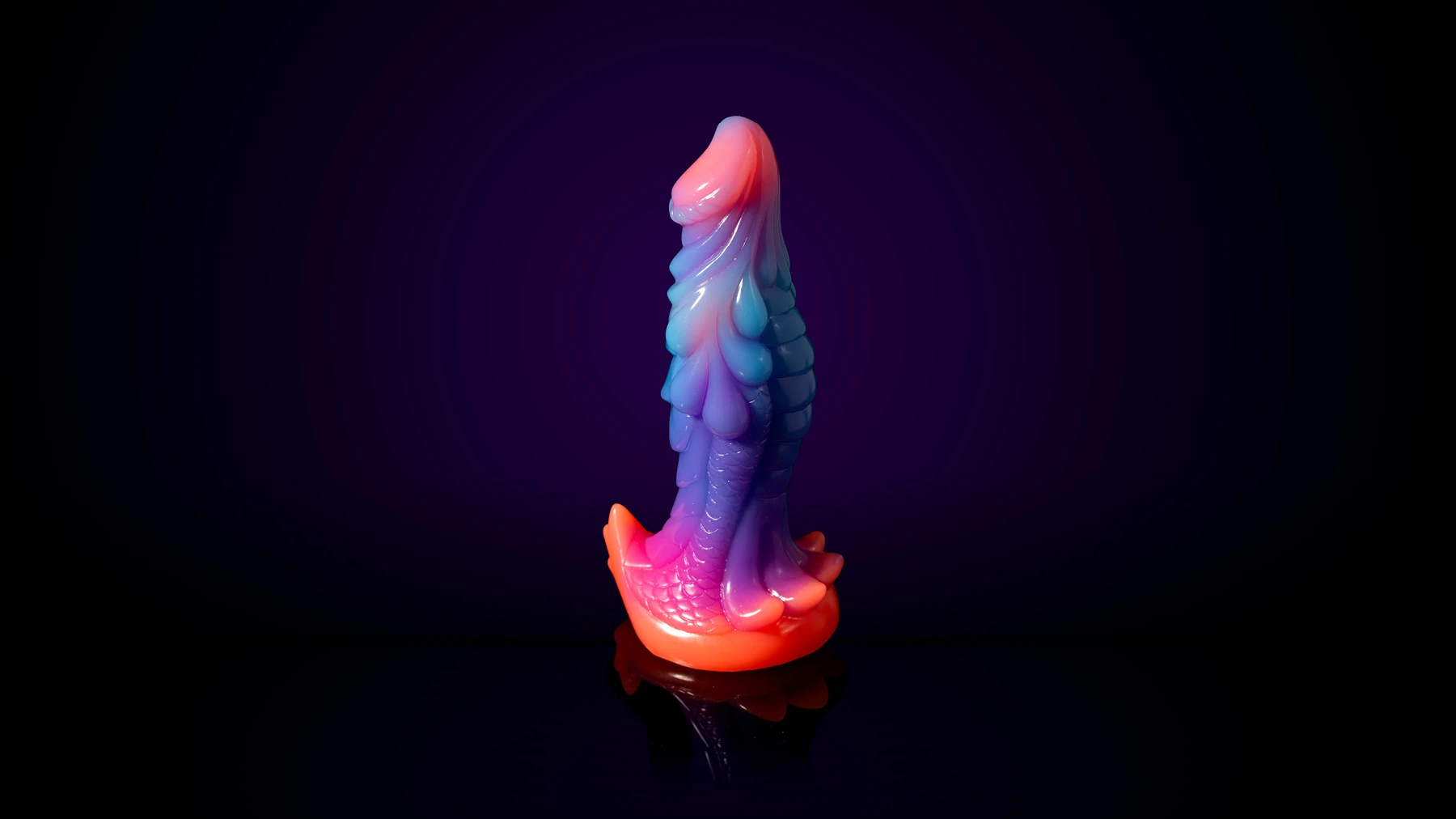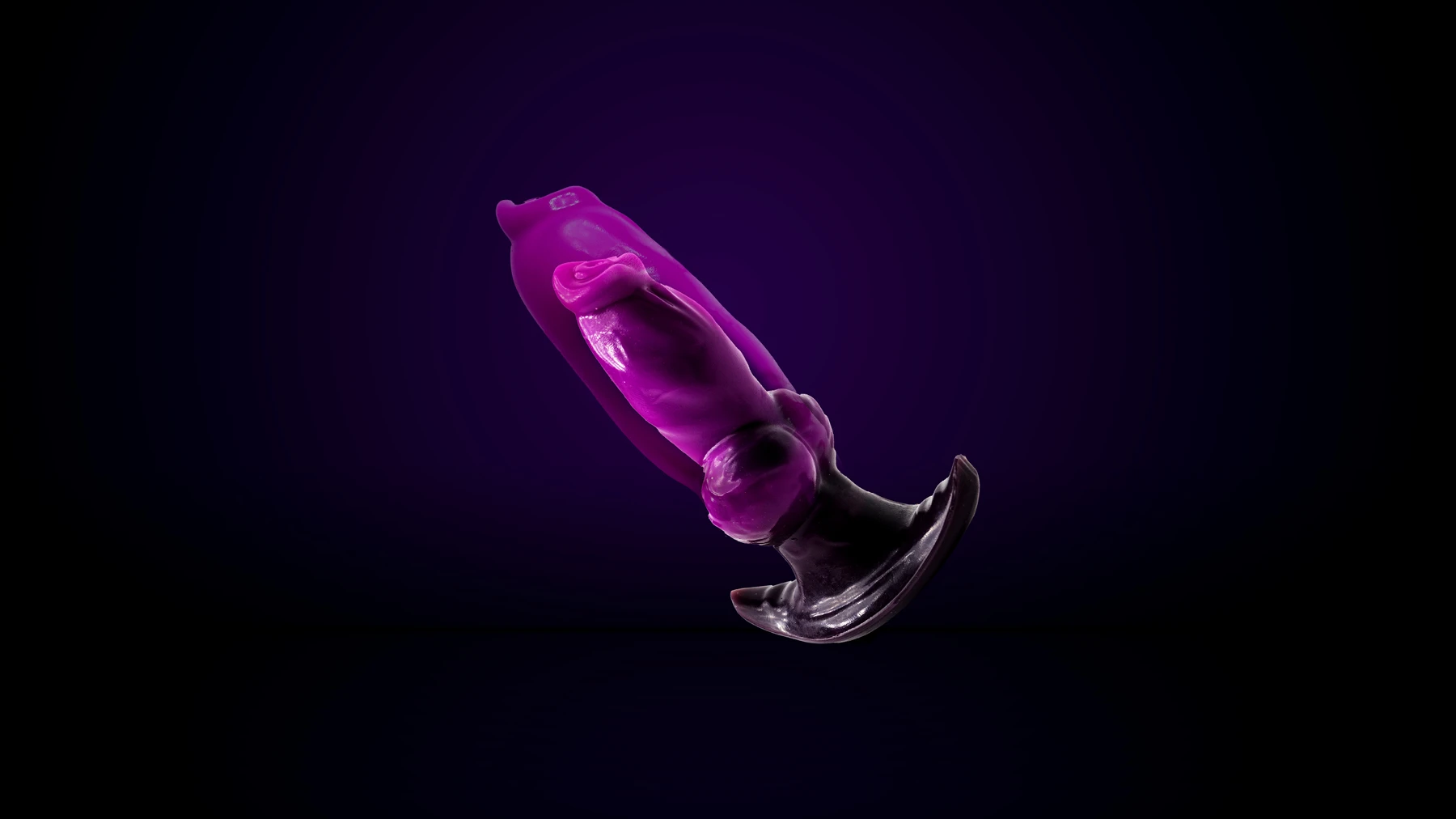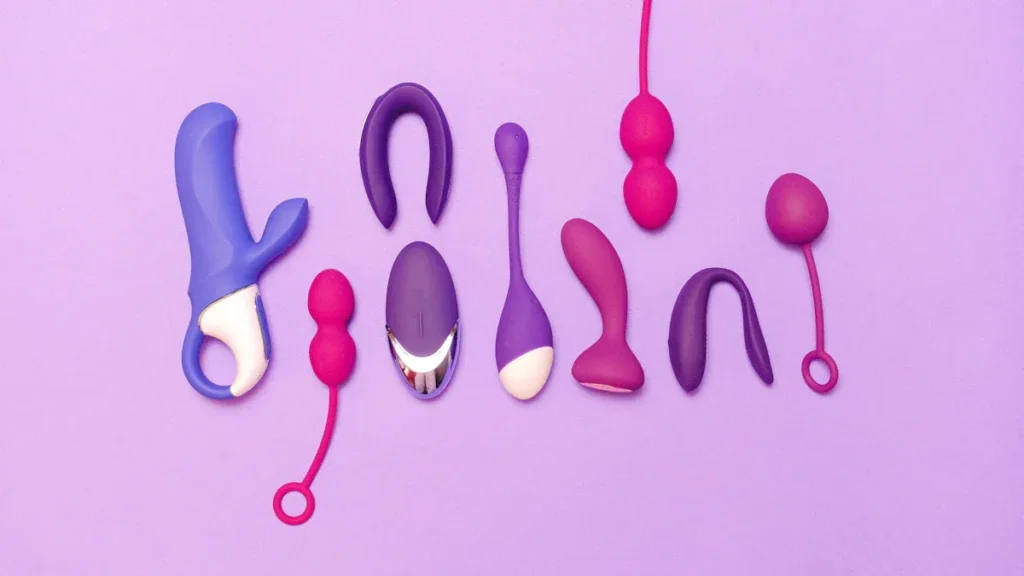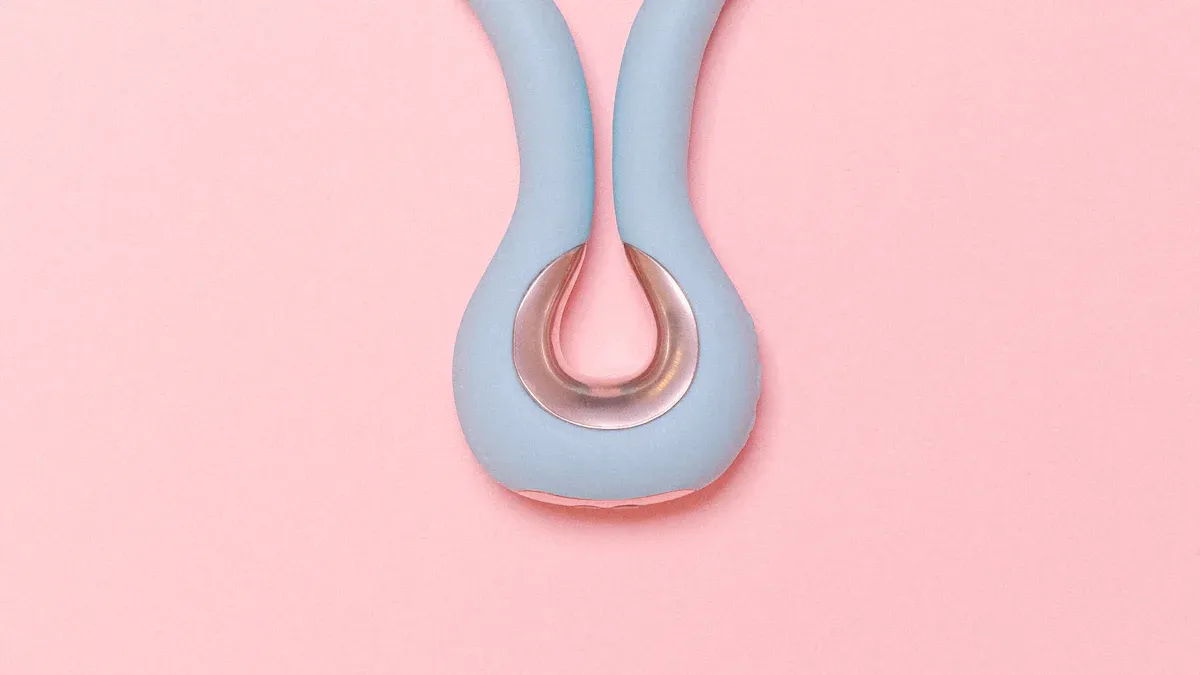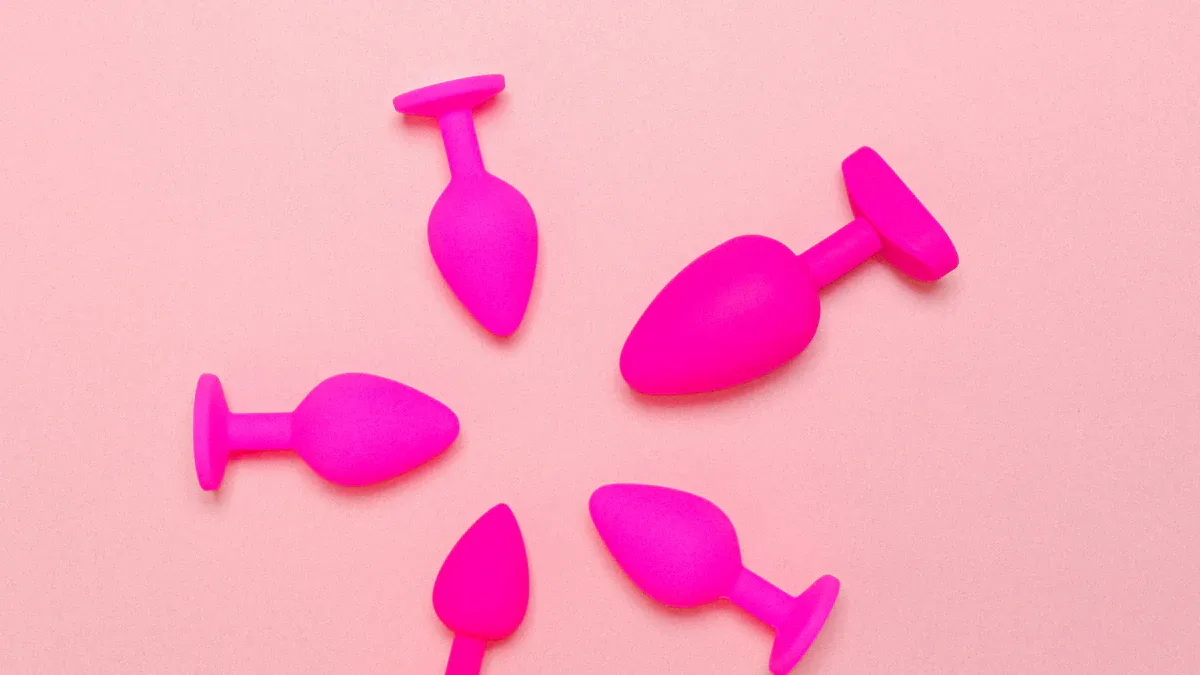Understanding the Safety of TPE Dildos
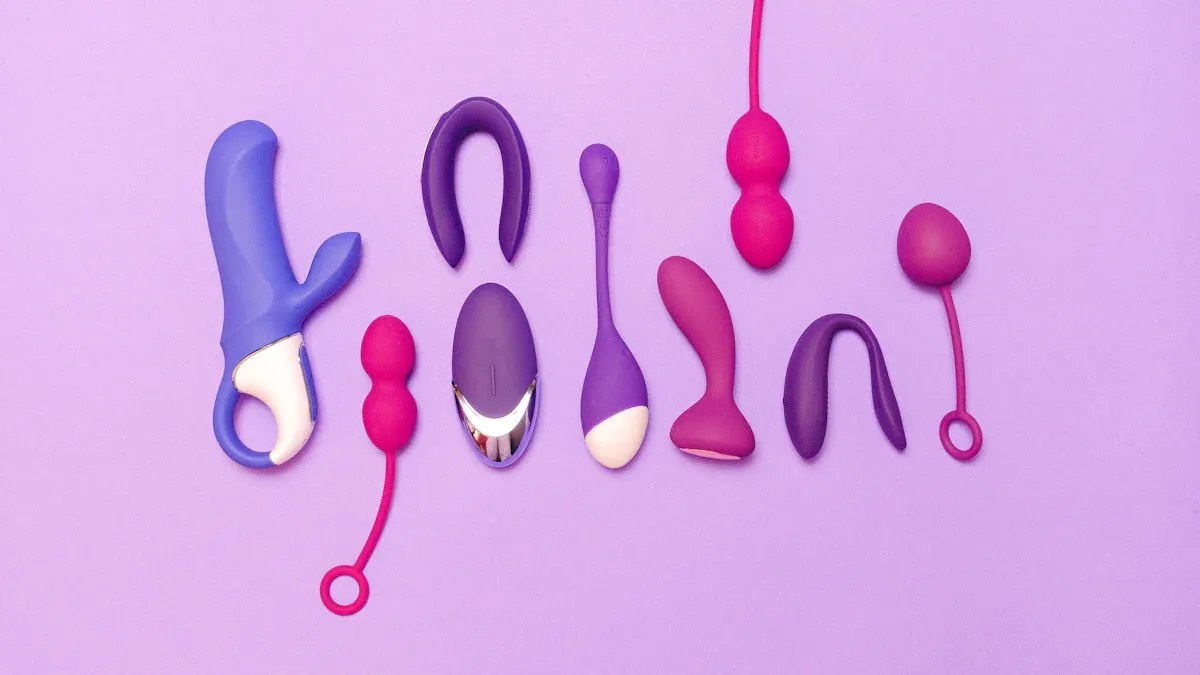
TPE dildos feel soft and bend easily, so many people like them. TPE dildo products are not poisonous, but their surface has tiny holes. This means they are not always safe for the body. TPE sex toys, like Squirting Strap on Dildos, Inflatable Dildos, and G Spot Dildos, can hold germs if you do not clean them well. People should wash each dildo after every use. Using condoms gives extra safety. Picking well-known brands helps make sure each TPE dildo is good quality. TPE sex toys need careful cleaning to stay safe.
TPE Dildo Safety
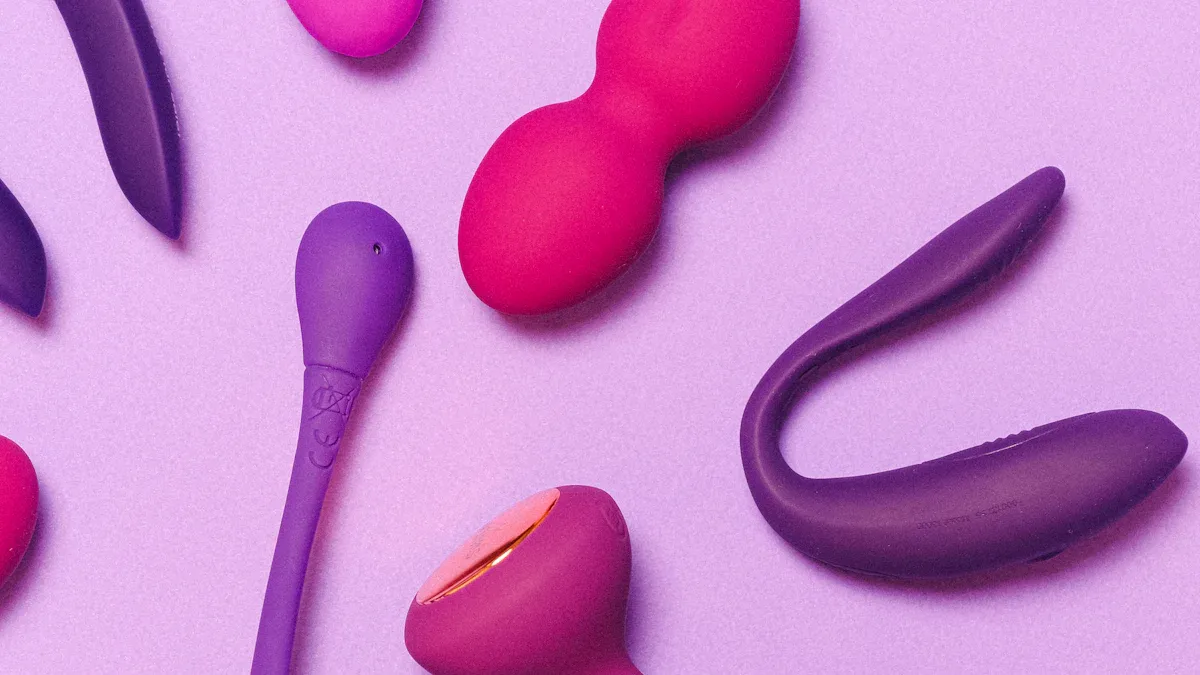
Are TPE Dildos Safe?
TPE dildos are not toxic. Makers do not use phthalates, latex, or BPA. TPE is hypoallergenic, so most people do not get allergies. Many TPE sex toys meet FDA rules for safety. This means they pass tough tests and can be sold.
But TPE dildos have tiny holes on their surface. These holes can trap germs and body fluids. Even after washing, some germs might stay inside. Studies show porous toys like TPE sex toys cannot be fully cleaned. This makes infection more likely, especially if toys are shared or used without a condom.
Tip: Putting a condom on a TPE dildo adds protection and keeps it cleaner.
Doctors and health experts say to be careful with TPE sex toys. They suggest using condoms and cleaning before and after each use. Non-porous toys, like those made from silicone, glass, or steel, are easier to clean and safer to use again. TPE dildos are safe for most people if used carefully, but they are not as safe as non-porous toys.
Key points about TPE dildo safety:
TPE dildos are not toxic and are hypoallergenic.
The porous surface can trap germs, so cleaning is harder.
Condoms lower infection risk but do not remove it.
Experts say to be careful and clean all TPE sex toys.
What Makes TPE Different?
TPE stands out from other dildo materials. It feels soft and bends easily, which many people like. The chemical makeup of TPE lets it be firm or stretchy. Some types of TPE do not have phthalates, so they are safer than old plastics.
Tests show TPE dildos have more pores than silicone or glass dildos. These pores make TPE sex toys harder to clean well. Non-porous toys, like silicone dildos, do not have these holes. This makes them easier to wash and less likely to keep germs.
The table below shows how TPE compares to other dildo materials:
Aspect | TPE Characteristics | Comparison with Silicone and PVC |
|---|---|---|
Chemical Composition | Thermoplastic elastomers; some phthalate-free grades | Silicone is chemically inert; PVC may contain phthalates |
Porosity | More porous, needs careful cleaning | Silicone is non-porous, easy to sterilize; PVC less porous |
Biocompatibility Standards | Meets FDA, ISO 10993, USP Class VI for medical-grade TPE | Silicone widely accepted for medical use; PVC less favored |
Sterilization Compatibility | Some grades sensitive to heat or radiation | Silicone withstands high heat; PVC limited sterilization options |
Mechanical Properties | Variable hardness, flexible, abrasion resistant | Silicone more durable; PVC less flexible |
Cost and Processing | Lower cost, recyclable scraps | Silicone more expensive; PVC cheaper but with safety concerns |
Practical Considerations | Sensitive to heat and moisture, needs special care | Silicone stable under heat; PVC may have allergens |
TPE sex toys are soft and cost less for many people. But their pores mean you must take extra care. Always check for damage before using a TPE dildo. Use water-based lube and store the toy in a clean, dry place to keep it safe.
Note: TPE dildos do not last as long as silicone or glass dildos. Getting a new one often helps keep things safe and fun.
Cleaning and Care
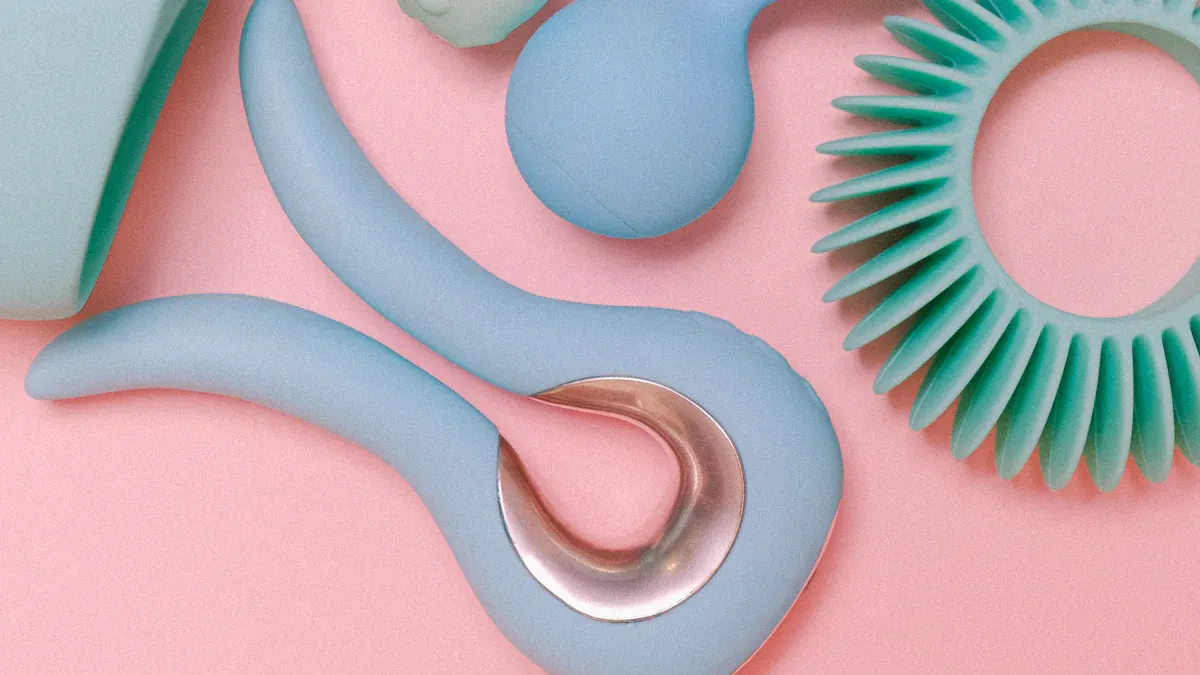
Cleaning TPE Dildos
Cleaning a dildo made from TPE requires careful steps. TPE sex toys have a porous surface, so full sterilization is not possible. Users should always wash their hands with plain soap and water before and after handling a dildo. Studies show that regular handwashing helps prevent the spread of germs and infections.
Here is a step-by-step guide for cleaning a TPE dildo:
Rinse the dildo with warm water right after use.
Apply a sex toy cleaner and let it sit for at least 10 minutes.
Rinse the dildo again to remove all cleaner residue.
Allow the dildo to air dry completely.
After drying, sprinkle a small amount of Cyberskin powder or organic corn starch to keep the texture soft.
Tip: Avoid using harsh chemicals like bleach or vinegar, as these can damage TPE sex toys. Only use water-based lubricants, since oil-based or silicone lubricants can harm the material.
If sharing a dildo, always use a polyurethane condom for extra safety. This reduces the risk of spreading germs, especially since TPE sex toys cannot be fully sterilized.
Storage Tips
Proper storage keeps a dildo safe and extends its life. Experts recommend storing a dildo in a breathable bag or container. The storage area should stay between 64°F and 75°F (18°C to 24°C) with humidity between 30% and 50%. These conditions help prevent mold, bacterial growth, and material breakdown. Users should avoid storing a dildo with other soft toys to prevent chemical reactions.
Note: Keep the dildo away from direct sunlight and heat sources. Rapid changes in temperature or humidity can damage the material.
When to Replace
A dildo made from TPE does not have a set expiration date. Users should check the dildo often for signs of wear. Cracks, peeling, or changes in texture mean it is time to replace the dildo. If the dildo loses its shape or feels sticky, it may no longer be safe. Proper cleaning and storage can help a dildo last longer, but safety comes first. When in doubt, replace the dildo to avoid health risks.
Body Safe Sex Toys
TPE vs. Silicone
TPE and silicone are both used to make dildos. TPE dildos feel soft and bend easily, which many people like. Silicone dildos are harder and last longer. Both materials are hypoallergenic and safe for most people. TPE has tiny holes that can hold germs and fluids. Silicone does not have these holes, so it is easier to clean.
Scientists use different tests to compare these materials:
TPE stretches more than silicone in stretch tests.
Pressure tests show how each dildo handles being squeezed or moved.
Glue tests show silicone sticks better to glue than TPE.
Slippery tests show which one slides more easily.
Heat tests show how each dildo moves heat.
Silicone dildos are safer in many ways. They do not stain, do not soak up fluids, and you can boil them to clean them. TPE dildos need more cleaning and should not be shared.
TPE vs. Glass and Metal
TPE dildos are soft and can bend. Glass and metal dildos are hard and smooth. Glass and metal do not have holes, so they do not trap germs. These toys are easy to wash and clean well. TPE is safe for outside use but is not as safe as glass or metal. Glass and metal dildos last longer and do not get damaged by heat or oils. TPE can wear out over time and needs to be checked often.
Note: Glass and metal dildos are very safe and last a long time.
Pros and Cons
The table below shows the good and bad things about TPE, silicone, glass, and metal dildos:
Material | Pros | Cons |
|---|---|---|
TPE | Feels real, soft, bends, costs less | Has holes, cannot be boiled, does not last long, not for anal use |
Silicone | No holes, strong, easy to clean, can be boiled | Not as real feeling, costs more |
Glass/Metal | No holes, safe, easy to clean, lasts long | Hard, costs more |
TPE dildos feel real and cost less, but you must clean them well and get new ones often. Silicone dildos are safer and last longer. Glass and metal dildos are the easiest to clean and last the longest. Do not use sex toys made from phthalate-free pvc or regular pvc because they can be harmful. These materials may have chemicals that are not safe. Picking sex toys made from silicone, glass, or metal helps keep you safe and healthy.
A tpe dildo feels soft and does not cause allergies. But it has tiny holes, so you must keep it clean. Wash it with gentle soap and water after every use. This helps keep the toy safe for you. The table below gives simple safety rules:
Safety Aspect | Evidence Summary |
|---|---|
Material Safety | TPE is hypoallergenic, free from harmful phthalates, and chemically stable. |
Cleaning Recommendations | Use mild soap or medical-grade cleaners; avoid harsh chemicals; proper cleaning prevents infections. |
Always put a condom on for more safety.
Get a new toy if it looks damaged.
Pick toys without holes for the best safety.
